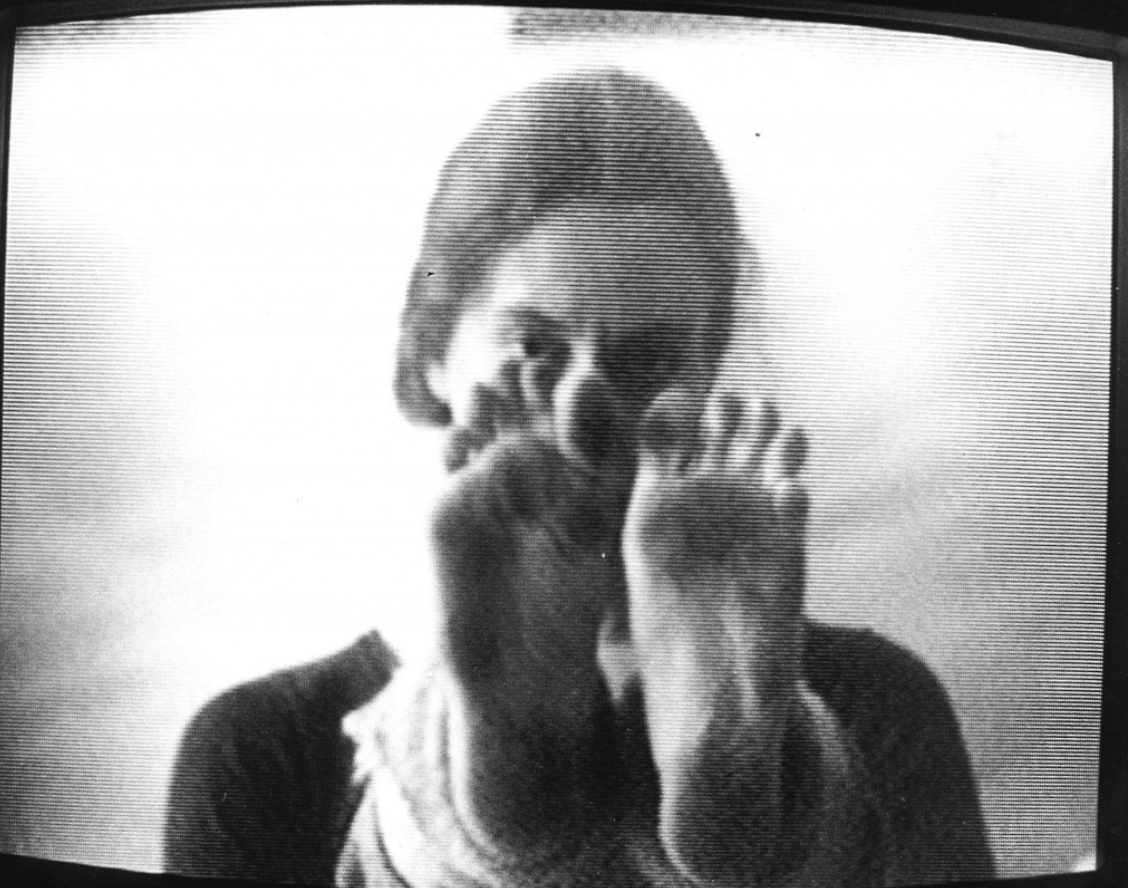The Purpose of My Art

When I began to become a mature artist in the late 70s I formed an understanding that the purpose of my art is to be of service to human beings –
I am not one of those, art for arts’ sake artists, although I consider that world as a fascinating and valuable part of my profession. In the fact that I work theoretically I have been referred to many times as an artist’s artist and I enjoy and feel honored by that definition. But in the end my theory and practices, the Six Viewpoints, is a structure I have devoted my entire life to with the original and continuing goal to raise the intellectual discourse for performing artists. I am interested in art more that I am interested in product, if that makes any sense. My idea of service is to think about, verbalize (reify), what is happening on stage and in doing so open a platform for recording the achievements and further discoveries. My love of art stems from the challenge that artist accepts to keep evolving in order to perpetuate the evolution of the people, the audience. My understanding is that this is transmitted via our ability as human being to live expanded lives.
The Viewpoints were conceived of to be in service to the art of performance. The theory and practice are aimed at a very specific goal. They elaborate on the substance of performance by delivering the form up to extreme levels of interrogation and contemplation. Through deconstruction, as I define it, or my term for deconstruction, particalization, six elements or what I refer to as the materials, the SSTEMS have been isolated. In this interrogative autonomy their voices are allowed to expand our awareness.
The reason I regard this work as a service is its simplicity and profundity. The simplicity lies in implicit flow of the theory’s logic: from stage, to expanded understanding of the materials, and back to the stage. I often say: given just a few principals of this work an intelligent and interested person can follow the logic set into the Six Viewpoints and come up with a fair facsimile of the entire theory on their own. It is this elegant simplicity that has carried this work from workshop to workshop around the world without me being present. The “carriers”, other performers do so because they have found an easy access to the profundity of the materials and that carries the work onward.
The profundity then extends into grounded philosophical discoveries: there is an insight into the connection of theater/performance to the basic elemental structure of communication. This wide reach forms a natural connection to the visual arts. The result in this additional perspective of the stage divulges an expansive layer of creative possibilities. The Viewpoints do not pretend to have invented any of these philosophical, materials and structural possibilities they have simply focused on naming them. Beyond this visual element, through their analysis, the Viewpoints extend into the implicit consciousness of human non verbal communication. These links form a body of discourse that reaches into our capacity for subtle levels of awareness and in this way, to me, finally forms a spiritual connectedness between art to the structure of matter.
— Mary Overlie 2016
